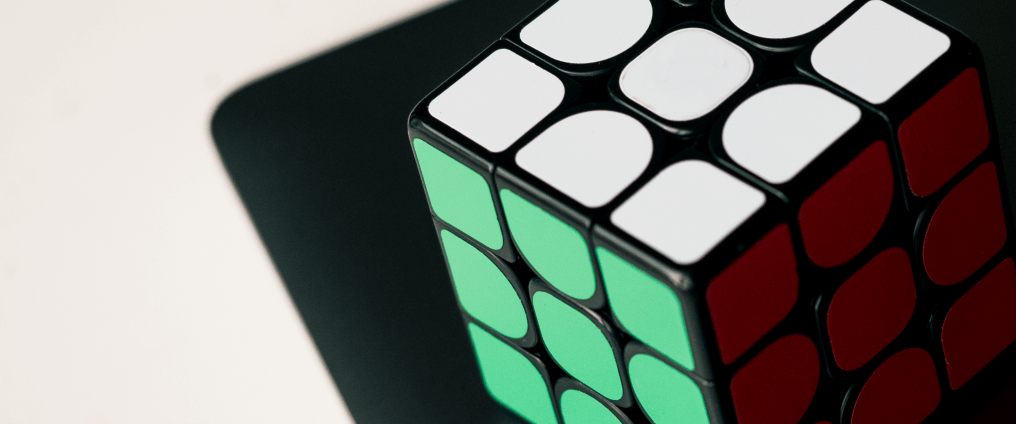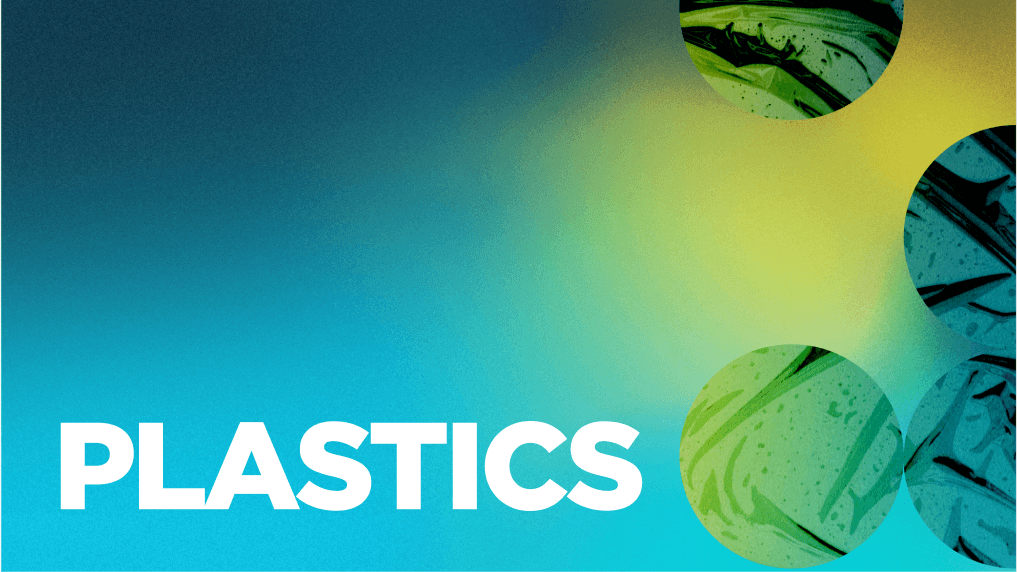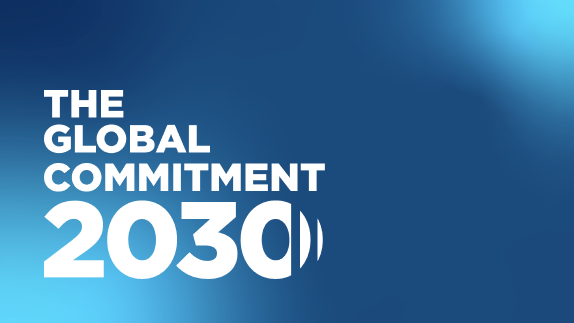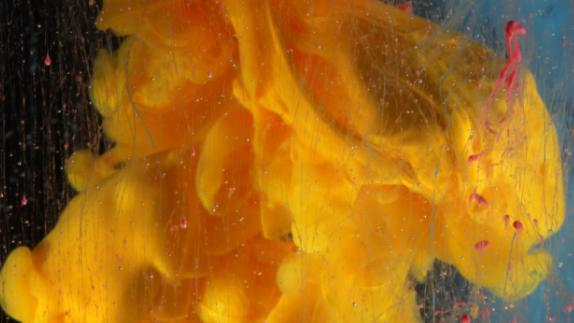The problem of plastic pollution is well documented. If you type it into Google, you get about 180 million results in less than a second. This article is not about plastic pollution. It is about solutions.
It is obvious now that we are not going to recyclerecycleTransform a product or component into its basic materials or substances and reprocessing them into new materials. our way out of this problem and we cannot pull plastic out of the ocean at the rate we are putting it in. Burying it in the ground is not a long-term solution and burning it is just plain wasteful — not to mention highly polluting. So, we need to look at this problem in a different way. Instead of trying to work out how to deal with a pile of waste, we need to stop that waste being created in the first place.
The answer — spoiler alert! — is the circular economycircular economyA systems solution framework that tackles global challenges like climate change, biodiversity loss, waste, and pollution. It is based on three principles, driven by design: eliminate waste and pollution, circulate products and materials (at their highest value), and regenerate nature.. For plastics, that means eliminating all the plastic we can do without, reusing as much as we can through new business models, and circulating all the rest. There is no doubt that plastic is a useful and versatile material, but we currently throw away USD 80–120 billion of it every year — let’s keep hold of it. If we keep plastic in the economy, we keep it out of the environment.
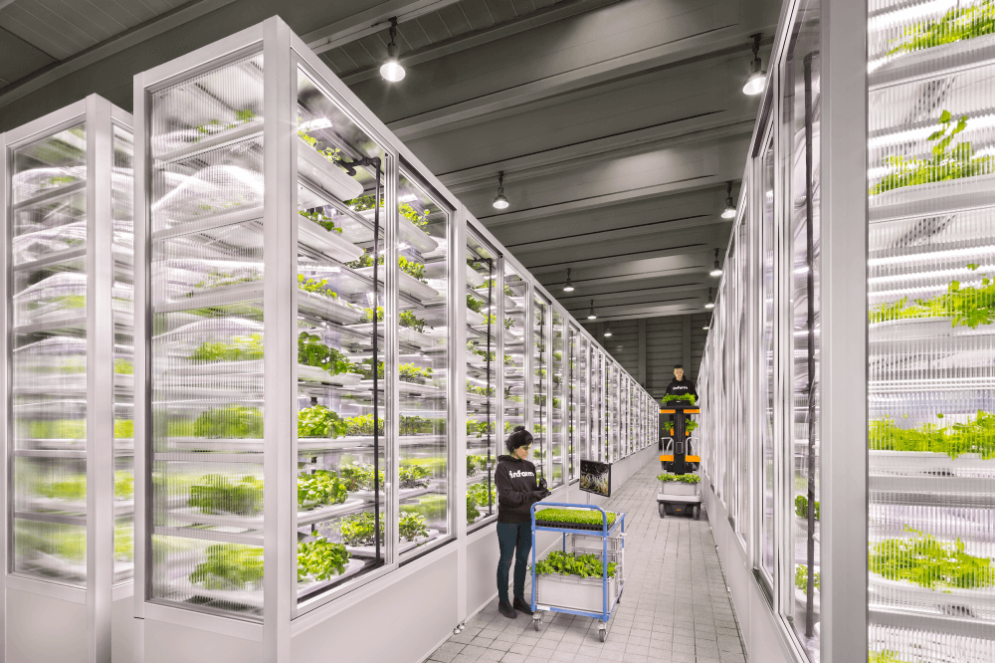
Infarm grows fresh produce directly in stores, restaurants and distribution centres around the world, eliminating transport packaging. Picture by diephotodesigner.de
To achieve this, we need to rethink the way we make and use plastic. This means channeling our innovation efforts upstream, to the design stage. Design is the key word here. We need to design out waste and pollution.
To achieve this, we need to move beyond incremental tweaks to single-use packaging and be prepared to rethink every part of the plastics system, throw out the rule book, and dare to reshape the economy — all through upstream innovation. This means rethinking products, packaging, and business models in order to achieve the key circular economy strategies of elimination, reusereuseThe repeated use of a product or component for its intended purpose without significant modification., and material circulation.
Rethinking the product
Designing out waste by rethinking the product could mean reimagining the very concept of the product, looking at the way it is made, or whether the same value can be delivered in a different size or shape. Innovating at the product design level can change the packaging needs, while maintaining or even improving the user experience. It could eliminate the need for packaging or it could change the kind of packaging required so that it can be made reusable, recyclable, or compostable.
As a real-world example, Lush Cosmetics employed upstream innovation to rethink its products to design out packaging waste. By designing cosmetics and personal care products like shampoo and soap in solid form, rather than liquid, Lush eliminated the need for bottles, containers, and tubes for many of its products. Since 2007, Lush has sold over 38 million naked shampoo bars globally, saving more than 90 million plastic shampoo bottles.

However, rethinking the product doesn’t have to be so fundamental, it can be simply a common-sense approach to eliminate the need for packaging. For example, designers at Samsung realised if they redesigned their phone chargers with a matte finish, rather than glossy, they wouldn’t need to package them with a protective film.
Rethinking the packaging
Moving on to rethinking the packaging itself could mean looking at the packaging concept, its format, components, or material choice. This can be another way to design out waste through upstream innovation, while providing the same essential function. It could mean moving to recyclable formats or using new innovative materials, such as edible coatings on fresh food or dissolvable packaging.
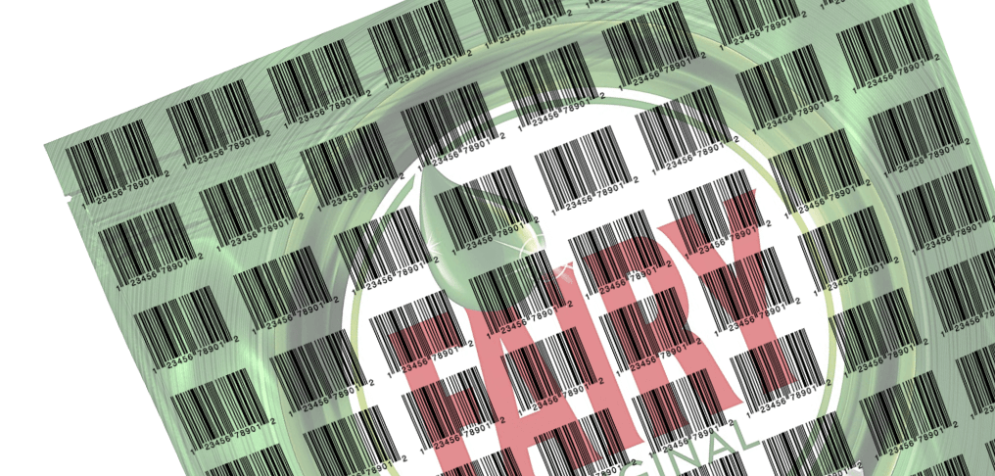
Pioneering project HolyGrail has come up with an innovative packaging solution that can help in the circulation of materials. The innovation allows for the incorporation of imperceptible watermarks onto packaging, which can cover the entire surface of the package without affecting the artwork or labels. The watermarks can be detected by high resolution cameras, delivering digital information, such as material composition. This is an upstream innovation that enables downstream collection, sorting, and recycling technologies to work more efficiently and produce higher quality recycled material.
The Coca-Cola Company in Latin America utilised upstream innovation at the packaging level to design reusable bottles. By creating a reusable PET bottle with a standardised design across multiple Coca-Cola brands, the company can collect a multi-branded mix of used bottles, take them back to bottling facilities, remove the paper labels and clean the bottles, before refilling and rebranding with a new label. Designing the bottle to enable reuse, avoided the production of 1.8 billion single-use bottles in Latin America in 2019.
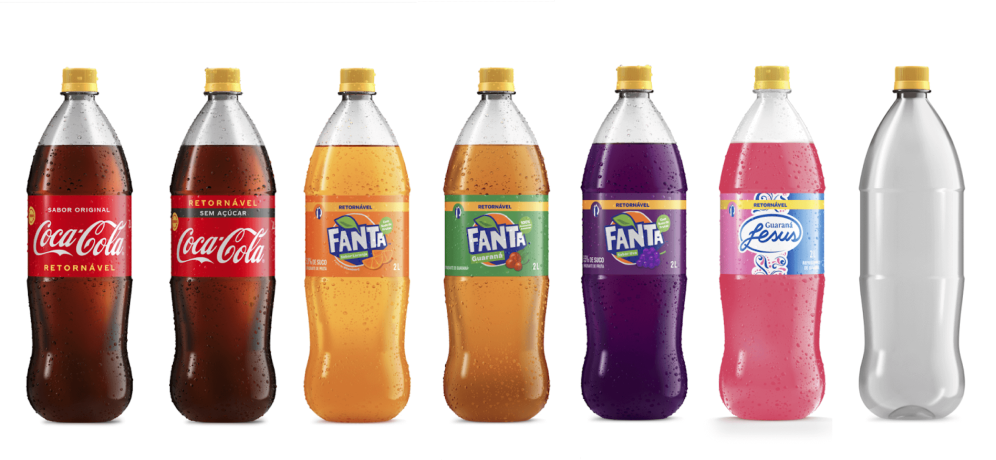
Rethinking the business model
Employing upstream innovation at the system design level can mean looking at delivery models, supply chains, locations of production, or revenue streams. Rethinking these parts of the business model, like rethinking the product, can change the packaging needs.
A good example is Opendesk Furniture. By rethinking the traditional furniture retailer’s business model, Opendesk created a global company with localised production — it sells designs, rather than physical furniture. Opendesk is a global platform, collaborating with independent designers all over the world to create shareable, downloadable designs. The online platform connects customers to local professional makers, who make the furniture on demand. This means no extensive shipping, quicker lead times, and only a short last-mile delivery using reusable blanket wraps wherever possible and eliminating the need for plastic film and cardboard used in a traditional model for transport and storage.
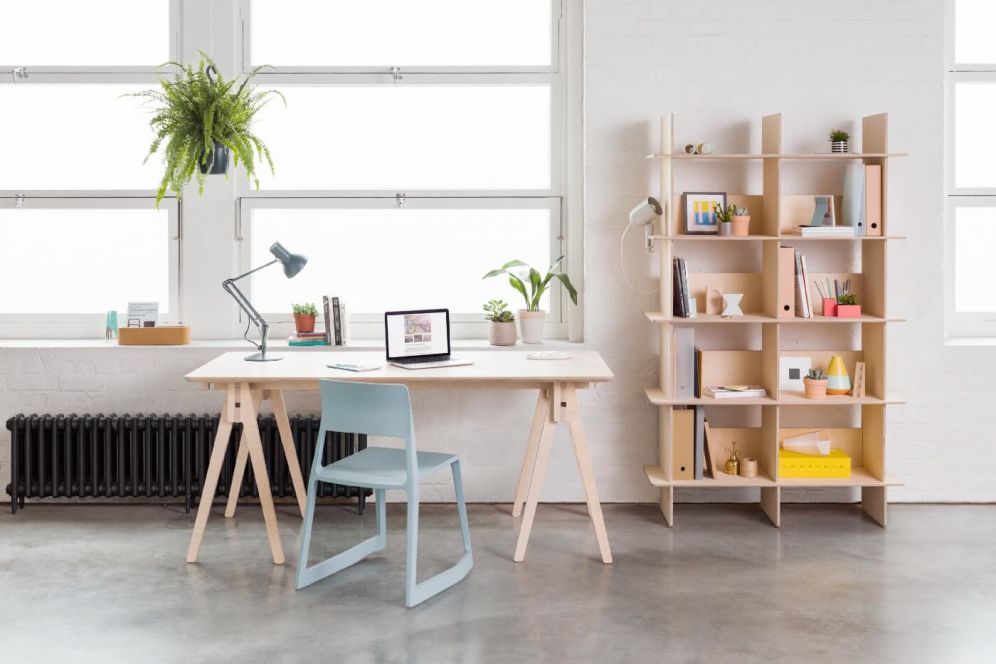
Opendesk furniture. Photo by Peter Guenzel.
Another example of an innovative business model eliminating transport packaging is Infarm — a hyperlocal production model for providing fresh produce, such as herbs and leafy greens. The produce is grown directly in-store in smart, modular ‘farms’. Infarm installs the farms and remotely controls and monitors each one through cloud-based technology. The hyperlocal supply chain strategy allows customers to buy just-harvested produce, which stays fresh for longer, meaning food waste is reduced as well as packaging being eliminated. There are already more than 900 farms in stores, restaurants, and distribution centres across Japan, the US, Canada, and Europe.
Business benefits of upstream innovation
As well as being an effective way to tackle plastic pollution, upstream innovation in pursuit of a circular economy has a range of other benefits to businesses. Firstly, it can help businesses provide the solutions that customers are demanding. Plastic pollution has attracted widespread public attention and, increasingly, customers are able to distinguish between real solutions and ‘green’ marketing ploys. It is in the interest of businesses to meet the demands of this evolving market and not get left behind. Additionally, governments all around the world are adopting legislation aimed at tackling plastic waste. It is beneficial for businesses to get ahead of the curve before they are forced to move by new regulation.
But beyond adapting to a changing market, utilising upstream innovation to develop new ways of delivering products can come with cost savings, an increase in brand loyalty and improved user convenience. It can also help brands meet their emissions targets since designing out waste often also designs out carbon emissions.
Finally, as efforts to tackle plastic waste are swiftly gathering momentum, it is becoming increasingly important for businesses to make visible efforts in the area — far better to be seen as a pioneer than a laggard. More than 1,000 organisations around the world, including companies responsible for more than 20% of the world’s plastic packaging, have already united behind the Ellen MacArthur Foundation’s common vision for a circular economy for plastic, through the Global Commitment and the Plastic Pact network.
The Ellen MacArthur Foundation has just released a guide to upstream innovation, packed full of practical advice for businesses and more than 110 real-world examples of companies that have used upstream innovation to employ circular economy strategies. Read Upstream Innovation: A guide to packaging solutions here.
